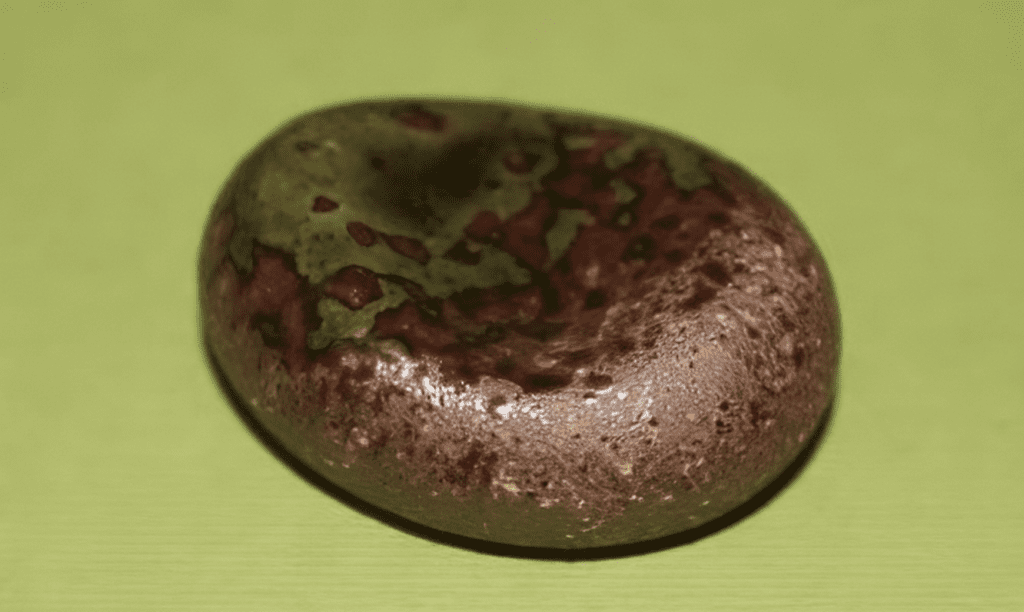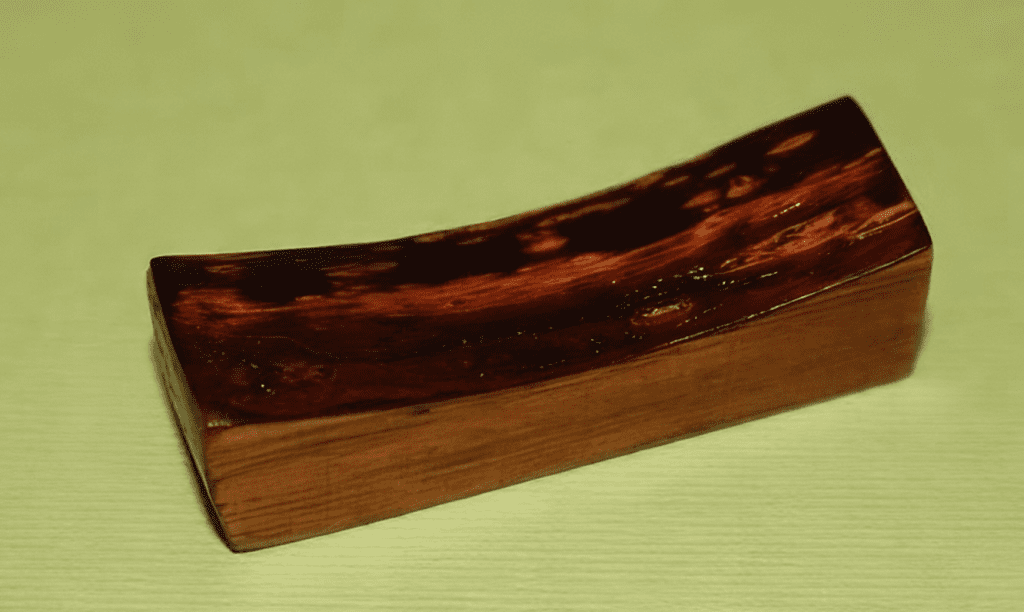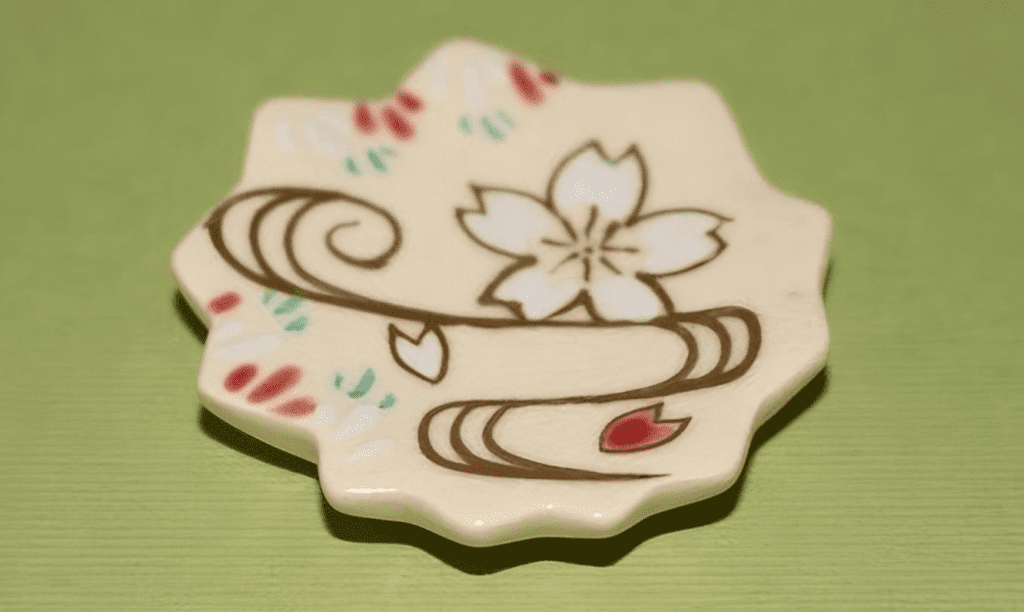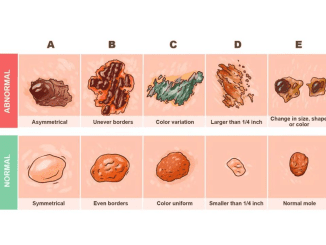The history of hashioki, or chopstick rests, is deeply intertwined with Japanese dining customs and cultural evolution. While chopsticks themselves have clear origins, dating back thousands of years in China, the exact origin of hashioki is less certain. This small but significant utensil has become a staple in Japanese dining, reflecting a blend of tradition, practicality, and artistry. In this article, we will explore the fascinating history of hashioki, tracing its development from ancient times to modern-day Japan.
Chopsticks and Their Early Use in Japan

To understand the evolution of hashioki, we must first look at the history of chopsticks in Japan. Chopsticks are believed to have originated in China, and historians estimate they were introduced to Japan sometime after the 5th century BCE. Initially, chopsticks were likely used only by the imperial court and nobility. Archaeological excavations near Nara, Japan’s first permanent capital, have uncovered many chopsticks dating back to 710 CE, suggesting they were used by the upper class.
Before the introduction of chopsticks, Japanese people primarily used their hands to eat, or they sipped liquids directly from bowls. By the late 8th century, chopsticks had become more widespread among the general population, marking a significant shift in Japanese dining practices.
The Mysterious Origins of Hashioki
While chopsticks have a clear historical trajectory, the origin of hashioki remains elusive. Some scholars suggest that hashioki may have originated in China, much like chopsticks, as a way to elevate chopsticks during ceremonial events. In Japan, hashioki are believed to have connections to Shintoism, the indigenous spiritual practice closely tied to nature. In ancient rituals, chopsticks used to offer food to the gods were placed on stands to keep them uncontaminated, a possible precursor to the modern hashioki.
An early depiction of a chopstick rest can be found in the Japanese culinary text Shijōke shichigosan no kazarikata from 1612. This illustration shows chopsticks balanced on a central stand, suggesting that hashioki may have been used during ceremonial meals. However, the use of hashioki in everyday dining may have been a later development.
Hashioki in the Tokugawa Period (1603-1868)
Charles J. Dunn, a British scholar of Japanese culture, suggests that hashioki became more common in affluent households during the Tokugawa period. This era, known for its artistic and cultural developments, saw the rise of Satsuma ceramics, which included finely crafted porcelain hashioki adorned with intricate designs. Hashioki from this period were often as much decorative as they were functional, serving to enhance the aesthetic appeal of the dining experience.
These early hashioki were typically made of ivory-colored porcelain, featuring asymmetrical floral designs and gold embellishments, reflecting the refined taste of the upper class. As Japan’s economy grew and artistic expression flourished, hashioki became a symbol of elegance and sophistication.
The Growth of Hashioki in the 20th Century
Despite the historical use of hashioki in affluent circles, their widespread popularity didn’t take off until the 20th century. H. Elliott McClure, an American ornithologist and hashioki collector who lived in Japan during the 1950s, believed that hashioki were a “modern innovation” not widely used before the turn of the century.

Several key trends fueled the rise of hashioki in the 1900s:
1. The Rise of Department Stores
The establishment of depāto (department stores) in Japan played a significant role in the growth of consumer culture. These stores catered to the emerging middle class and offered a wide variety of products, including traditional Japanese goods like hashioki. Anthropologist Millie Creighton noted that department stores were crucial in redefining cultural meanings and preserving Japanese heritage, even as they sold Western goods. Hashioki featuring traditional motifs such as gourds or cherry blossoms became popular souvenirs and gifts, contributing to their mainstream appeal.
2. Changes in Dining Habits
In the early 20th century, Japanese dining habits underwent a dramatic transformation. Historian Jordan Sand highlights how, before the 1900s, most Japanese families ate individually, often in silence and from small trays. However, by the mid-1920s, communal dining at low tables known as chabudai became the norm. Hashioki, which allowed diners to set down their chopsticks during conversation, became an essential part of this new dining tradition.
3. Nostalgia for Tradition Amid Westernization
Japan’s increasing exposure to Western culture in the late 19th and early 20th centuries led to a resurgence of interest in traditional Japanese items. Design historian Penny Sparke notes that as Japan embraced Western influences, there was also a movement to reinvigorate traditional arts and crafts. Hashioki, often featuring motifs drawn from nature or traditional symbols, became a way for Japanese citizens to maintain a connection to their cultural heritage while adapting to modern life.
4. The Expansion of Domestic and International Tourism

In the post-World War II era, domestic travel in Japan expanded significantly, with more Japanese citizens visiting famous landmarks, temples, and shrines. Souvenir shops catered to tourists, offering small, easy-to-carry items like hashioki. These chopstick rests became popular keepsakes for both domestic and international tourists, further spreading their use in Japanese households and abroad.
Modern Hashioki: A Blend of Tradition and Innovation
Today, hashioki remain a staple in Japanese dining culture, and their designs range from simple, functional pieces to elaborate works of art. Modern hashioki often reflect Japan’s enduring love for nature and tradition, featuring shapes such as cherry blossoms, animals, and seasonal symbols. At the same time, contemporary designs have embraced modern aesthetics, offering sleek, minimalist options that appeal to a global audience.
Japanese department stores, specialty shops, and online retailers continue to offer a wide variety of hashioki, ensuring that they remain a beloved part of both traditional and modern dining experiences.
Conclusion: A Bridge Between Tradition and Modernity
The history of hashioki mirrors Japan’s journey through cultural change and modernization. From their uncertain beginnings to their role in both ceremonial and everyday dining, hashioki have become a symbol of Japan’s unique ability to honor tradition while embracing the future. Whether used to enhance the aesthetic of a meal or to preserve the sanctity of chopsticks, hashioki serve as a bridge—a “hashi”—that spans the river of time, connecting Japan’s past with its present.
In a century of dynamic change, hashioki have endured as both a practical tool and a piece of cultural heritage, reminding us of the beauty and elegance of Japanese dining.


